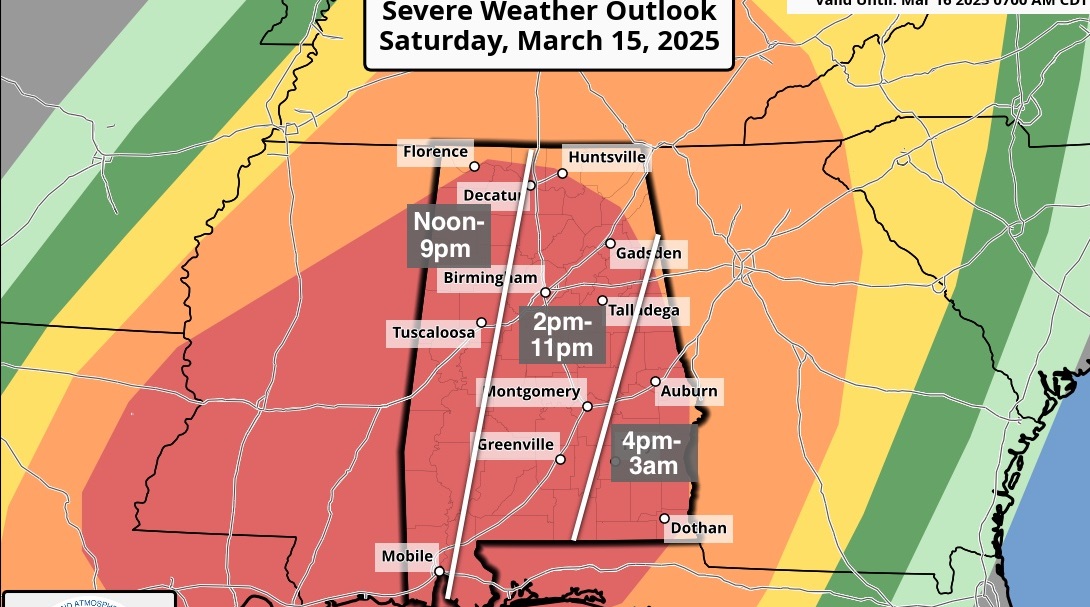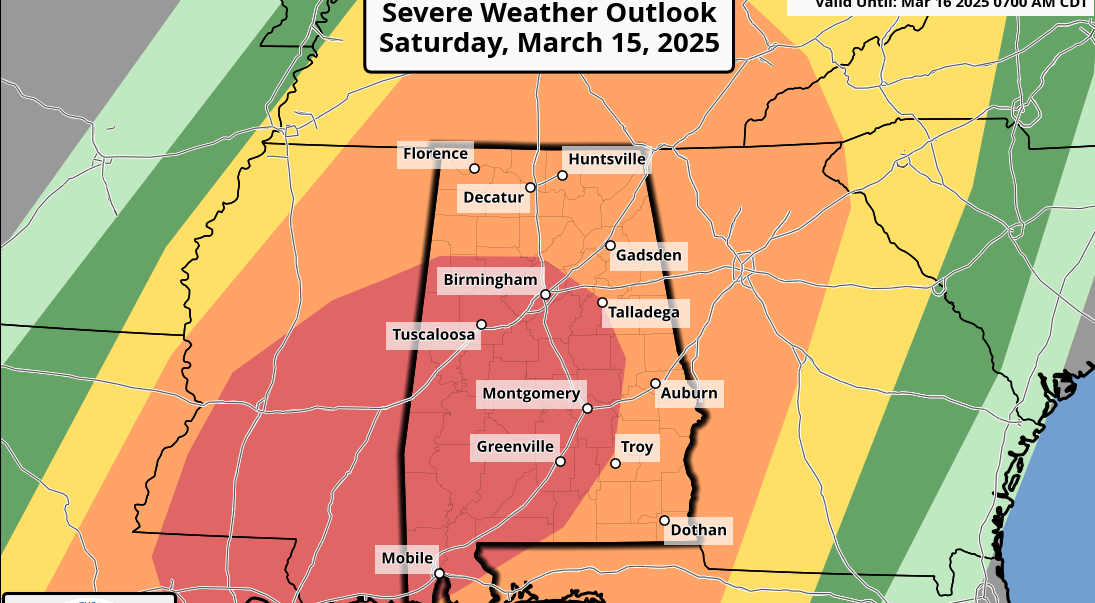One way neighbors are helping neighbors

By Matt Bowden
vice president for Environmental Affairs
Alabama Power
When you live in the country, good neighbors are especially important.
Alabama’s rural electric cooperatives understand this. And so does Alabama Power.
In the 1940s, Alabama Power began working closely with cooperatives to provide wholesale electricity. Thousands of miles of rural lines were built, serving tens of thousands of new customers.
That spirit of partnership is just as strong today. We’re still good neighbors. Good thing, too.
Today our responsibility goes beyond keeping the lights on and prices low. It’s not enough to conserve energy. We must also conserve our state’s natural resources.
Alabama Power licenses more than 80,000 acres for recreational hunting. We manage more than 3,500 miles of shoreline created by our hydroelectric dams.
 Sixteen years ago, a lone Plant Gadsden employee decided to clean up trash from the Coosa River. That inspired the Renew Our Rivers (ROR) program, which now spans four states. Last year volunteers collected more than 380,000 pounds of trash from Alabama waterways – a five-year high.
Sixteen years ago, a lone Plant Gadsden employee decided to clean up trash from the Coosa River. That inspired the Renew Our Rivers (ROR) program, which now spans four states. Last year volunteers collected more than 380,000 pounds of trash from Alabama waterways – a five-year high.
At least 30 ROR cleanups are scheduled for 2015 across the state. Volunteers are always welcome.
Renew Our Rivers is just one example of neighbors helping neighbors. Readers might be familiar with the Alabama Hunting and Fishing Trail. It covers seven picturesque West Alabama counties where the Appalachian Mountains meet the coastal plain and the Black Warrior River. It was originally chartered by Alabama Power, the West Alabama Chamber of Commerce and other partners.
Last year Alabama Power launched Brighter Minds, an initiative that supports conservation education, among other priorities, through grants provided by the Alabama Power Foundation.
The Foundation also provides Students to Stewards grants to create outdoor classrooms and field studies. For younger students, we distribute “Message in a Bottle,” a conservation-themed coloring book.
Simply put, we want everyone to appreciate Alabama’s beauty and bounty.
The state ranks fifth in the U.S. in diversity of animals and plants. Over 300 species of freshwater fish swim in our rivers and streams.
We are working to enhance that diversity.
Our Longleaf Legacy program, a partnership with the National Fish and Wildlife Foundation, has restored more than 26,000 acres of longleaf pine ecosystem and established more than 6,500 acres of new longleaf forest. This has enabled us to protect the endangered red-cockaded woodpecker, which relies on the longleaf for its survival.
Our Power of Flight partnership also helps restore endangered and threatened bird populations. In addition we’ve worked with the Alabama Bald Eagle Restoration Project for over two decades. You might see an eagle or two on the West Alabama Birding Trail, which crosses several counties.
Some might be surprised by all this activity from a power company. But these creatures are our neighbors, too.
 Take the tale of two turtles. One is the flattened musk turtle, which lives only in the Black Warrior River system. We’re working with federal agencies to protect and enhance its habitat – its neighborhood.
Take the tale of two turtles. One is the flattened musk turtle, which lives only in the Black Warrior River system. We’re working with federal agencies to protect and enhance its habitat – its neighborhood.
The second is the gopher tortoise, a protected species. While building 17 miles of new transmission lines through southeast Alabama last year, we protected their habitat and even safely relocated several tortoises. We are also developing a gopher tortoise mitigation bank in southwest Alabama that should be available this fall.
Finally, we’re restoring over 220 acres of fire-suppressed and degraded pine savannah wetlands, because sometimes nature needs a little help.
Energy efficiency is key to conservation. It can also help restore hope to a community devastated by natural disaster.
When the deadly tornadoes of April 2011 destroyed the Wrangler jeans distribution center in Hackleburg, we worked with Gov. Robert Bentley, the C3 Northwest Economic Development Alliance and others to rebuild it and make it more energy-efficient and cost-effective.
An hour away, in the town of Berry, the same ill winds destroyed numerous large trees. With a grant from the Alabama Power Foundation’s Good Roots program, volunteers are planting new ones.
It’s a small thing. But it illustrates how interconnected we are.
Hunting, fishing and wildlife watching bring over $2 billion a year to Alabama. So environmental protection leads to economic growth. And economic growth, in turn, leads to new opportunities.
Electricity was crucial to Alabama’s growth in the 20th century. In the Digital Age, it’s critical to our way of life. We look forward to working with Alabama’s electric cooperatives to improve people’s lives wherever they live.
We always do better as a team – and as good neighbors.
A version of this piece ran in Alabama Living magazine, which serves the customers of the Tombigbee and Black Warrior





